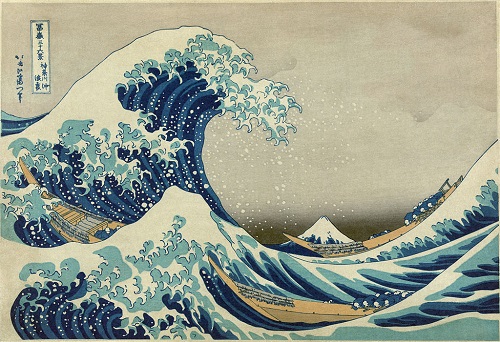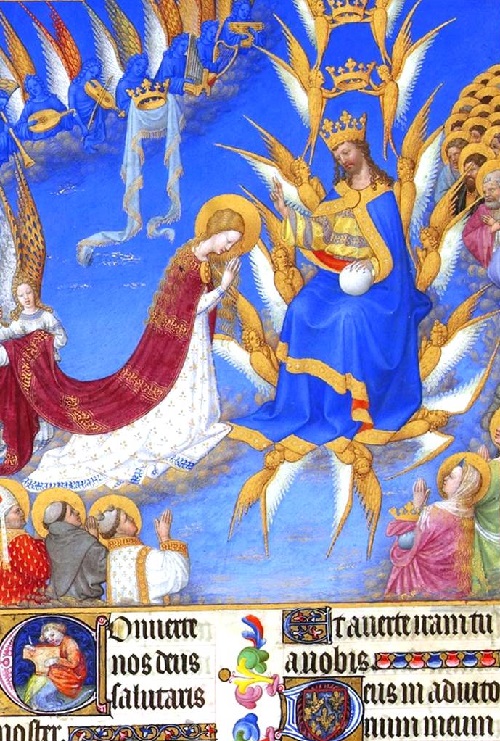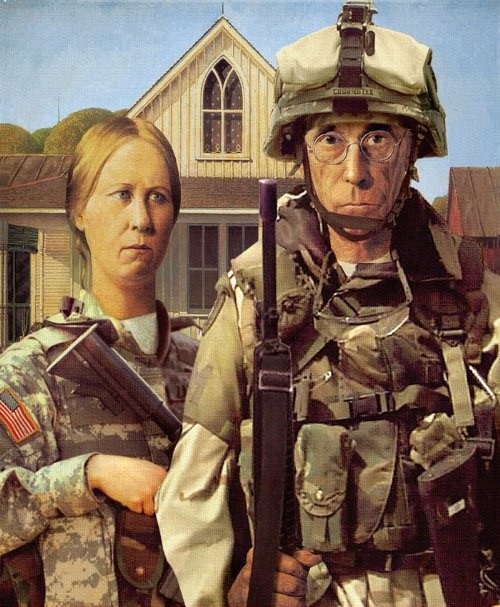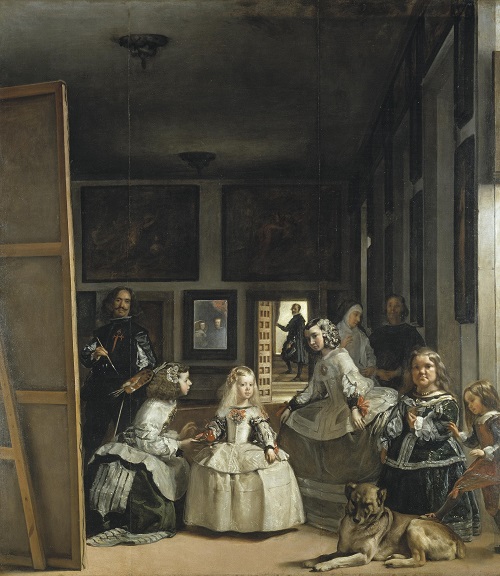Renaissance still life code
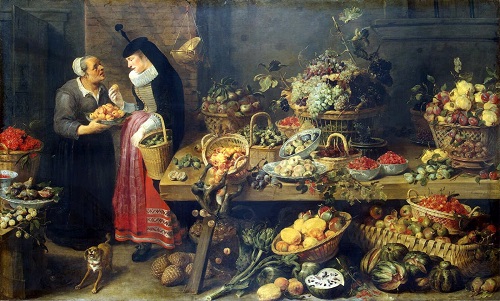
Frans Snyders, Fruit Stall. Flanders, Between 1618 and 1621. The State Hermitage Museum, Russia. Renaissance still life code
Renaissance still life code – Frans Snyders, Fruit Stall. Flanders, between 1618 and 1621. The State Hermitage Museum, Russia.
At the end of the Renaissance in northern Europe still life genre from decorative has become a philosophical statement in paints. XVI-XVIII century – a golden time in the history of European still life. In those years, there were two main schools of art, specializing in images of flowers, fruit and subjects – Flemish and Dutch. Despite the fact that Flanders (Belgium) and the Netherlands were the neighboring states, their artists had different meanings in the display of “dead nature” (still life in Flanders), or “quiet life” (in the Netherlands).
More »


